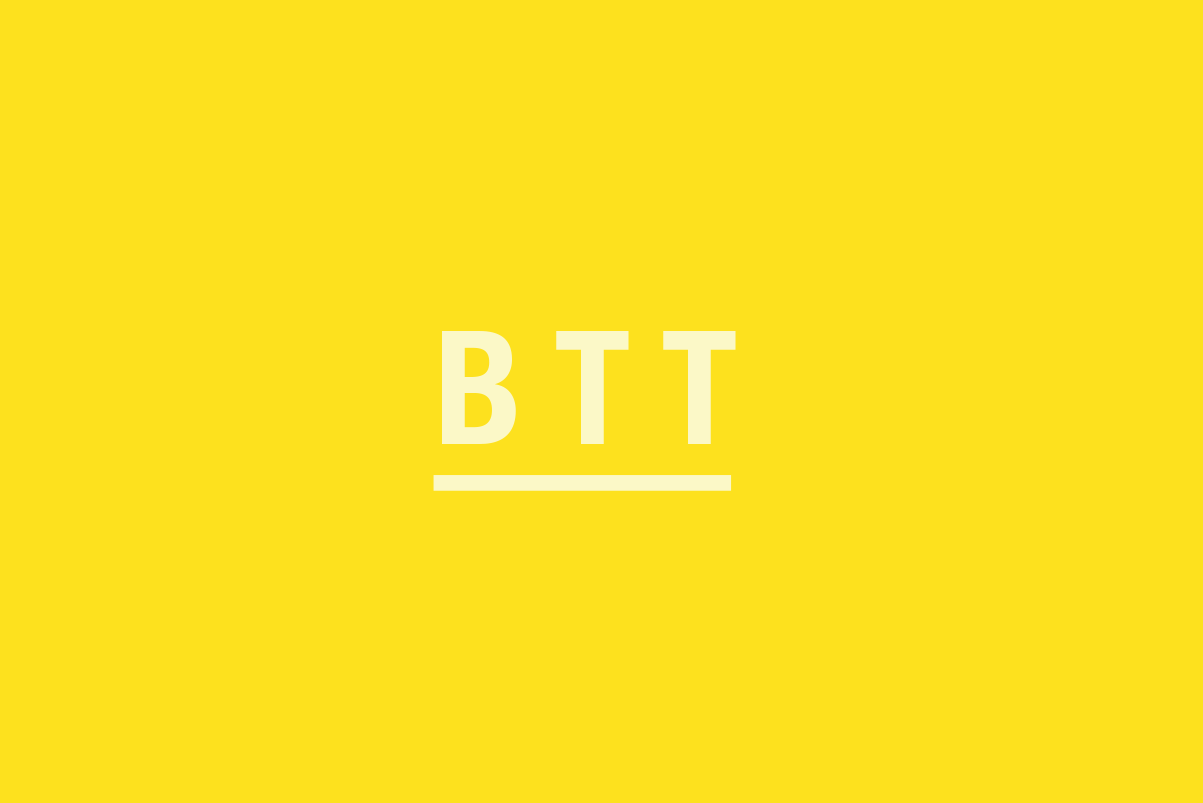Better Think Tanking #8
Kindness above all else
Dealing With [Pandemic] Burnout
“When I feel like I need more grit, what I actually need is more help. And when I look at a person’s life and think they need more discipline, more perseverance, they need to work harder, what they actually need is more kindness.”
Work-related burnout manifests as a mix of de-personalization (more common for men), a decreased sense of accomplishment, and emotional exhaustion (more common for women). While no mental illness, it is a condition to take seriously and a reason to seek professional help.
Emily and Amelia Nagoski describe how burnout often results from not completing the full “stress cycle.” While our bodies go through stress response at a physiological level - just like back in the days when cavemen had to flee from predators - we rarely allow ourselves to feel the accomplishment that helps our bodies and minds relax.
At the same time, the two sisters explain that we cannot self-care our way out of burnout. Instead, we need people who help us deal with our emotions. And we need a cultural shift, with supervisors regularly checking in at meetings, ready to cope when their supervisees have “a bunch of feelings” they need to work through.
Diversity Isn’t The Key
Companies and organizations increasingly hire for diversity. But the environment and culture don’t always allow diverse talent to perform at their best. Not enabling people to express themselves freely and not appreciating their voices is a waste because “you’re literally just paying people that you’re not listening to,” explains Lynda Negron. Plus: People who don’t feel included or heard are much less likely to work hard.
So the real opportunity is not diversity, but inclusion - making sure everybody contributes to their best abilities, says Greg Cunningham. On the Real Good podcast, the experts explain why biases are problematic and how they address them - for example by complementing anti-bias with cultural identity awareness training.
Bias As A Habit
“ …hundreds of experiments suggest that bias training has generally failed. It doesn’t always do good, and it sometimes does harm.”
Research suggests that conventional anti-bias training may be “the most expensive and the least effective diversity program around,” explains Adam Grant on Work Life. Reasons are participants’ defensiveness, a feeling of hopelessness in tackling a widespread problem, and not knowing where to start. Tyece Wilkins suggests a behavioral anti-bias training method with a proven track record:
Step 1 - Treat bias as a bad habit to break.
Step 2 - Identify the cue and routine: Thought patterns of explaining an individual’s behavior with a group stereotype.
Step 3 - Replace biased habits with new, healthier ones. Ask yourself: Would I judge the same behavior differently in a person with a different gender, age, race, appearance, tone of voice, etc.?
The effects of bias training also depend on who takes part. Managers who support change still end up discriminating in hiring and promotions when they know that senior leaders are prejudiced. Time to include your leadership!
Freedom From Stereotype Threat
In a recent episode of Shankar Vedantam’s Hidden Brain, psychologist Claude Steele explains the effects of “stereotype threat.” The threat of being viewed through the lens of a negative stereotype, or the fear of confirming to this stereotype, makes Black students and women perform worse on tests, as they spend energy worrying about doing worse because of their race or gender. What’s more, it leads affected people to withdraw or invest energy into adjusting their behavior to avoid negative judgement.
Because everyone experiences stereotype threat - including the fear of being seen as the insensitive White person or the conservative old man - there is common ground to build understanding and trust, learn that stereotypes are less at play than you may think, or that they don’t reflect the worst prejudicial intent. Steele suggests openly addressing the topic at a personal level and creating spaces in which negative stereotypes are felt to apply less.
In a position of power as the White, more senior, or otherwise advantaged person? Start talking about your own experiences of stereotype threat and ask others what would help them feel comfortable talking about theirs.
Unquestioned Masculinity
“Ignoring gender does not make you impartial, it makes you bad at your job.”
Hilary Matfess and Robert Nagel’s insights on Horns of a Dilemma are relevant beyond the domain of international security. Here’s just a few of them:
Many men treat gender and women as synonymous and themselves as genderless by default. Including women makes them aware of gendered dimensions but they mostly don’t question their own masculinity.
What does it mean to be a man? Norms of masculinity affect all genders. For example, women in armed groups often appropriate behaviour that is seen as masculine.
The Women, Peace and Security agenda risks creating a pink enclave: parallel structures instead of systemic change.
What We Are Thinking About
“Work” certainly includes all the heroic home-schooling and care work currently going on:
Like What You Read?
Tell us about it - even if you didn’t. Forward this newsletter to a friend, tweet it, and help us inspire more people.
Out next newsletter will be curated by two guest editors (*drumroll*). We can’t wait!
Theresa & Sarah



